Creating a unique and inviting home environment is about more than just aesthetics—it’s about reflecting your personal style and telling your story. For those who appreciate history and love the charm of yesteryear, blending vintage and modern home decor offers a perfect balance between classic elegance and contemporary flair. Whether you’re working with an old house or simply looking to refresh your space, incorporating antique touches can transform your living areas into cozy, timeless retreats. This guide explores how to seamlessly integrate vintage elements into your home, ensuring your space feels both familiar and fresh. From selecting key pieces to understanding color palettes, we’ll delve into the art of complementing spaces with antique touches, making it easy to create a home that feels distinctly yours while staying ahead of design trends.
Key Takeaways
- Vintage decor seamlessly complements minimalist style by adding character and history without clutter.
- Choose vintage furniture with simple lines and neutral tones to enhance minimalist aesthetics.
- Modern lighting solutions like vintage table lamps and string lights blend effortlessly with minimalist spaces.
- Add depth to your walls with abstract paintings and geometric mirrors that align with minimalist tastes.
- Neutral tones and texture play are essential for balancing vintage elements in a clean, minimalist space.
- Incorporate small vintage accessories like silverware or plants for a personalized touch without overwhelming the room.
- Timeless home decor focuses on symmetry, natural materials, and a minimalist approach for lasting elegance.
- Minimalist color palettes rely on soft whites, light grays, and muted accents for a calm, sophisticated look.
- Discover curated vintage pieces perfect for minimalist homes through Retro Sales.
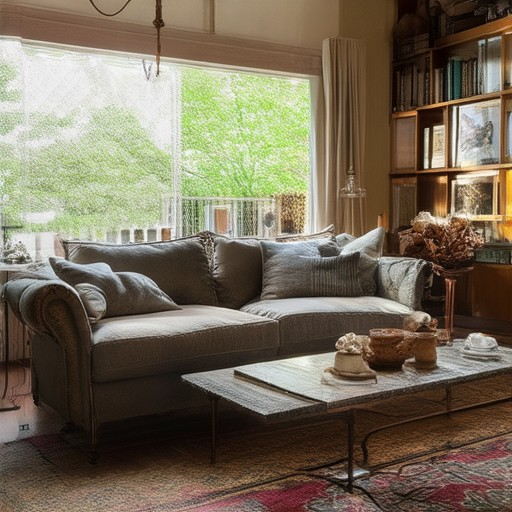
What is Vintage Decorating Style?
Vintage decorating style refers to the practice of incorporating elements from past eras into modern interiors, blending historical aesthetics with contemporary living. This style allows for creativity by mixing motifs from various decades, enabling a personalized and unique home ambiance.
Key Characteristics of Vintage Decor
- Color Palette: Soft, muted tones inspired by bygone eras, such as sage greens, deep browns, and soft pinks.
- Furniture Styles: A mix of antiques, mid-century modern pieces, and industrial designs, often reupholstered or refinished for modern use.
- Textiles: Intricately patterned rugs, tapestries, and curtains that reflect traditional weaving techniques or vibrant cultural patterns.
- Lighting: Classic lamps, chandeliers, or Edison bulbs that bring a warm, nostalgic glow to rooms.
- Decorative Elements: Use of vintage artwork, photographs, and antiques to add character and history to spaces.
Popular Eras in Vintage Style
Art Deco (1920s-1940s)
The Art Deco era is known for its bold geometric patterns, rich colors, and elaborate architectural details. Incorporate mirrored surfaces, chevron patterns, and streamlined furniture for a touch of this stylish period.
Mid-Century Modern (1950s-1970s)
Characterized by clean lines, minimalist design, and innovative materials like plastic and metal. Mid-century modern pieces are highly sought after for their functional yet elegant appeal.
Victorian (1840s-1900s)
Victorian style emphasizes intricate woodwork, heavy drapery, and ornate detailing. Consider adding Victorian-inspired wallpaper or a grand mirror for a classic look.
Retro and Bohemian (1960s-1970s)
Combine vibrant hues, flowing fabrics, and eclectic finds to recreate the laid-back, countercultural vibe of the 60s and 70s. Use tie-dye accents or vintage jewelry for a bohemian touch.
How to Achieve Vintage Style in Your Home
- Start Small: Begin with one or two statement pieces, like a vintage rug or a unique lighting fixture, to ease into the style.
- Mix Eras: Don’t stick to just one period. Blend Art Deco patterns with Mid-Century Modern furniture for a cohesive yet eclectic look.
- Repurpose Finds: Transform old pieces into new treasures by repurposing them into custom-built storage solutions or decorative features.
- Embrace Patina: Allow natural wear and tear to show the age and character of your pieces, enhancing their vintage appeal.
By thoughtfully combining these elements, you can create a space that feels timeless and uniquely yours. Explore our curated collection of vintage items and inspiration at RetroSales to discover your ideal vintage decorating style.
How to Create Vintage Home Decor
To achieve a vintage aesthetic in your home, start by thoughtfully selecting statement pieces and smaller accents that reflect timeless styles. Here’s a step-by-step guide to crafting a vintage-inspired space:
- Source Vintage Materials: Begin by visiting local flea markets, antique stores, or exploring online platforms like Retro Sales . These places offer a variety of vintage items, from furniture to decor.
- Identify Key Pieces: Look for statement items like vintage lighting, wooden furniture, or unique wall art. Smaller accessories include pillow covers, curtains, and vintage dishware.
- Choose Color Schemes: Opt for earthy tones and muted patterns. Consider using deep reds, greens, and browns to evoke a classic vintage feel.
- Incorporate Textures: Mix textures such as wood, metal, and fabric to create layers in your space. A vintage rug or woven blanket can add texture to a room.
- Add Personal Touches: Frame vintage photographs or artwork to display on your walls. Incorporate plants, which add life and freshness to the space.
- Layer for Depth: Use layered textures and colors. For example, layer a vintage blanket over a modern sofa or mix mismatched furniture for a cozy vibe.
- Curate Lighting: Use vintage lamps or repurpose hanging pendant lights to create ambient lighting. A vintage chandelier can instantly elevate a room.
- Consider Scent: Use candles or incense with classic scents like sandalwood or patchouli to enhance the vintage atmosphere.
- Maintain Cohesion: Tie your decor together by using consistent color palettes and textures. Add decorative mirrors or wall art featuring vintage motifs.
- DIY Projects: Upcycle furniture or create decorative pieces from found objects. This adds a personal touch and keeps items authentic.
- Accessorize Thoughtfully: Use vintage-inspired accessories like vintage baskets or ceramic pots to complete the look. Mirrors with ornate frames can reflect light and add depth.
- Keep It Clutter-Free: Maintain a clean and organized space to showcase your vintage pieces effectively. Use natural fibers like cotton or linen for curtains and bedding.
By combining these elements, you can create a vintage home decor scheme that feels timeless and unique. Remember to explore various sources like Retro Sales for inspiration and authentic pieces. With patience and attention to detail, your home will become a charming vintage retreat.
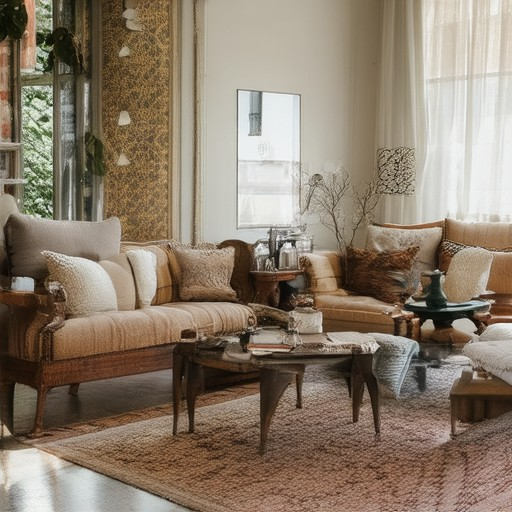
How to Mix Vintage and Modern Decor
Mixing vintage and modern decor can create a unique and eclectic style that combines the charm of the past with the sophistication of the present. Here’s a guide to achieving this blend seamlessly:
1. Assess Your Space
Before diving into decor, evaluate your space’s layout and color scheme. Consider which areas can benefit from vintage elements and which may shine with modern accents.
2. Apply the 20-80 Rule
As a general guideline, aim for 20% vintage and 80% modern items. This ratio helps maintain balance without overwhelming the space with one style.
3. Choose a Color Palette
Combine warm, rich vintage colors with cool, neutral modern tones. For instance, a vintage-inspired rug can ground a room, while modern paint colors can brighten the space.
4. Mix Furniture Thoughtfully
- Pair a vintage sofa with modern coffee tables or sideboards.
- Add a vintage armchair to a modern seating arrangement for contrast.
- Use modern furniture to complement vintage pieces, ensuring shapes and textures align.
5. Accessorize with care
- Introduce vintage lighting, like chandeliers or pendant lights, to add elegance.
- Use modern accessories, such as abstract art or houseplants, to freshen up vintage spaces.
6. Personal Touch
Don’t hesitate to infuse your personality. Whether it’s a vintage family heirloom or a modern statement piece, let your style shine.
7. Example Combinations
- Vintage curtains paired with a modern rug and throw pillows.
- A vintage mirror framed by modern artwork above a sleek console table.
8. Maintain Balance
Balance is key. Too much vintage or modern can overwhelm the space. Stick to the 20-80 rule and adjust based on your preferences.
9. Embrace Comfort
Regardless of style, prioritize comfort. A vintage-inspired chair with modern cushions or a modern sectional with vintage accents can both be cozy options.
10. Experiment and Evolve
Decorating is a personal journey. Feel free to experiment and evolve your style over time, adding pieces that resonate with you.
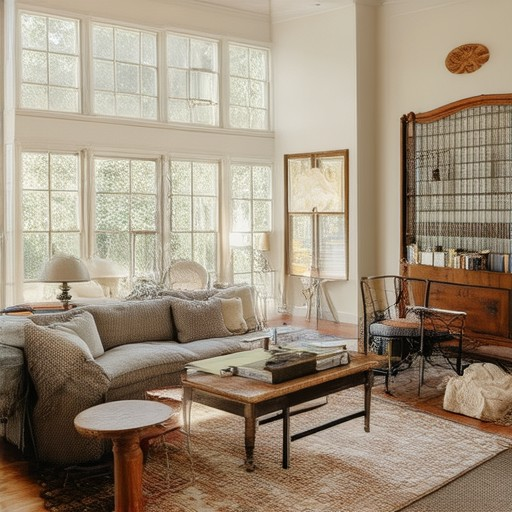
What Vintage Decor Complements a Minimalist Style?
A minimalist style often seeks simplicity, functionality, and clean lines, which makes it a perfect match for vintage decor. Vintage pieces can add character and history to a space while maintaining a sleek, uncluttered aesthetic. Here’s how vintage decor can complement a minimalist interior:
Furniture
- Vintage Dressers : Opt for a piece with simple lines and neutral tones. A dresser with subtle detailing or unique hardware can add visual interest without overwhelming the room.
- Mid-Century Modern Chairs : These iconic chairs feature streamlined designs that pair well with minimalist furniture. Look for ones with solid colors or geometric patterns.
- Retro Sofas : A sofa with clean lines and a bold color can serve as a statement piece, balancing vintage charm with modern minimalism.
Lighting
- Vintage Table Lamps : Choose lamps with industrial or Art Deco-inspired designs. These pieces offer a touch of nostalgia while staying low-maintenance.
- String Lights : Add a soft glow with string lights in neutral tones. They provide ambient light without cluttering the space.
Wall Art and Decor
- Abstract Paintings : A minimalist canvas with abstract designs can complement vintage elements, creating a balanced look.
- Geometric Mirrors : A vintage mirror with geometric shapes or bohemian styling adds texture and interest to a blank wall.
- Ceramic Vases : Simple, handcrafted vases in muted tones can serve as decorative accents.
Color and Texture
- Neutral Tones : Pair vintage pieces with beige, cream, or gray tones to keep the space feeling clean and organized.
- Texture Play : Use vintage fabrics or woven textures in upholstery or curtains to introduce depth without complexity.
Accessories
- Silverware or China : Display vintage silverware or teacups as decorative items on shelves or tables.
- Natural Elements : Incorporate plants or succulents in vintage pots or terrariums to bring life into the space.
Where to Find Vintage Pieces
For those looking to incorporate vintage decor into their minimalist home, Retro Sales offers a curated selection of timeless pieces. Their platform connects enthusiasts with unique finds, from mid-century modern furniture to Art Deco-inspired lighting. Explore their collection today and discover how vintage can seamlessly blend with minimalistic design.
Explore Retro Sales to find vintage decor that complements your minimalist style.
Timeless Home Decor Style
A timeless style in home decor focuses on creating a space that feels classic, elegant, and enduring. This approach avoids trendy elements that may quickly fall out of favor, ensuring your home remains stylish for years to come. Here are key components of a timeless decor:
- Neutral Color Palette :
Stick to versatile colors like beige, white, gray, and soft blues. These hues are easy to pair with other colors and textures, making them ideal for a low-maintenance yet sophisticated look. - Classic Patterns and Textures :
Incorporate timeless patterns such as stripes, geometric shapes, or floral motifs. These designs have stood the test of time and can seamlessly blend with various decorating schemes. - Natural Materials :
Embrace materials like wood, stone, and metal, which have a lasting appeal. These elements bring a sense of warmth and durability to your space, making them perfect for both traditional and modern interiors. - Symmetry and Balance :
A balanced layout creates a calming atmosphere. Use symmetry in your furniture arrangement and accessorizing to ensure the room feels harmonious and inviting. - Global Influences :
Blend global-inspired elements, such as Moroccan lanterns, Asian-inspired screens, or European antiques. This adds a touch of uniqueness without compromising the timeless feel. - Minimalist Approach :
Keep your decor simple and clutter-free. Less is often more, allowing the essential pieces to shine and creating a clean, sophisticated ambiance.
By focusing on these elements, you can create a home that feels both personal and eternal, standing the test of time and evolving with your preferences.
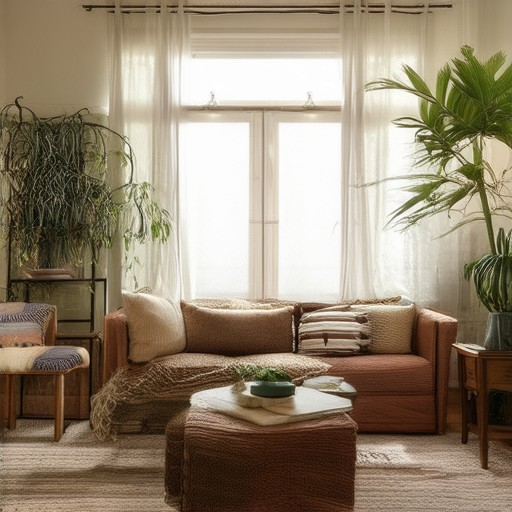
What Colors Do Minimalists Use?
Minimalist interior design often favors a clean, streamlined aesthetic, which translates into a cohesive color palette. Here’s an overview of the colors commonly associated with minimalist spaces:
Primary Colors
- Soft Whites and Neutrals: Colors like Benjamin Moore’s “Simply White” or Farrow & Ball’s “Pigeon” create a crisp, yet warm backdrop that enhances minimalistic spaces.
- Light Grays: Deep, muted grays, such as Sherwin Williams’ “Agreeable Gray,” provide a subtle contrast against white walls, adding depth without visual weight.
- Beiges and Creams: Warm tones like “Warm Greige” or “Creamy White” add richness to a minimalist setting while maintaining a neutral base.
Accent Colors
- Blues and Greens: Soft blues and greens, like “Blue Water” or “Mint Leaf,” introduce color without overwhelming the space, perfect for accents or statement pieces.
- Muted Tones: Dusty pinks, teals, and lavenders add personality while keeping the room feeling grounded.
- Brown and Tan: Natural tones like “Cedar Floor” or “Honey Maple” bring warmth and texture into minimalist interiors.
Deeper Hues
- Black and Navy: Used sparingly, these colors add sophistication and depth, anchoring the space while maintaining a minimalist feel.
- Forest Green and Charcoal: Rich, earthy tones like “Green Smoke” or “Onyx” add dimension and contrast to monochromatic spaces.
Seasonal Trends
Currently, there’s a trend toward earthy tones inspired by nature, with muted yellows, deep browns, and soft purples gaining popularity. These colors reflect a desire for grounding and connection to the natural world.
Conclusion
Minimalist color palettes are defined by their simplicity, balance, and functionality. By selecting calming, versatile colors like soft whites, light grays, and muted accents, you can create a space that feels modern, peaceful, and timeless. Experiment with these hues to find the perfect combination for your home!
Benjamin Moore and Farrow & Ball offer excellent resources for exploring minimalist color options.
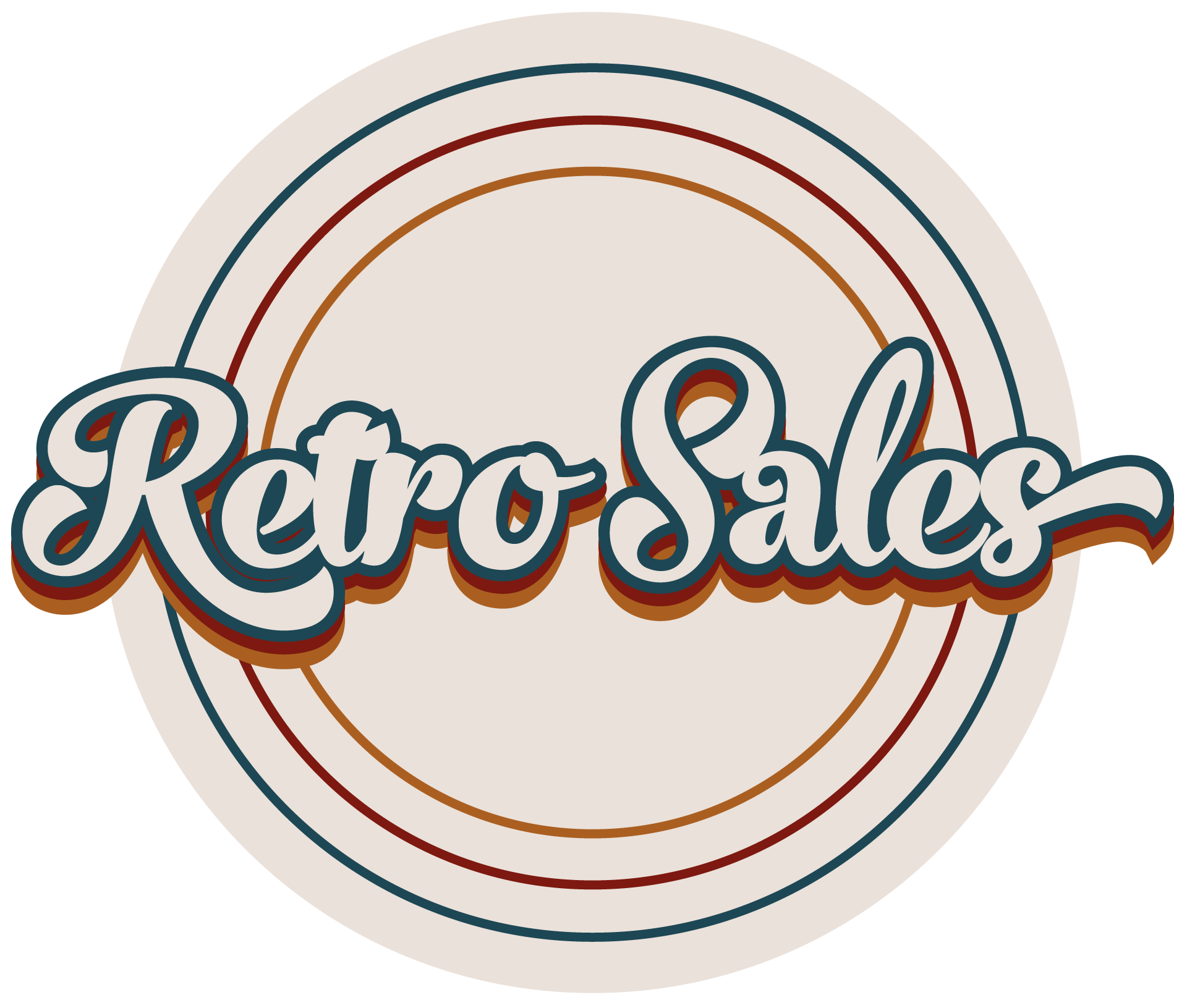
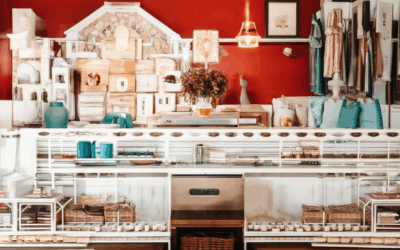

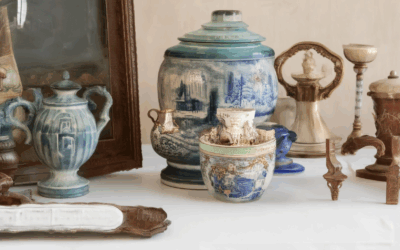
0 Comments